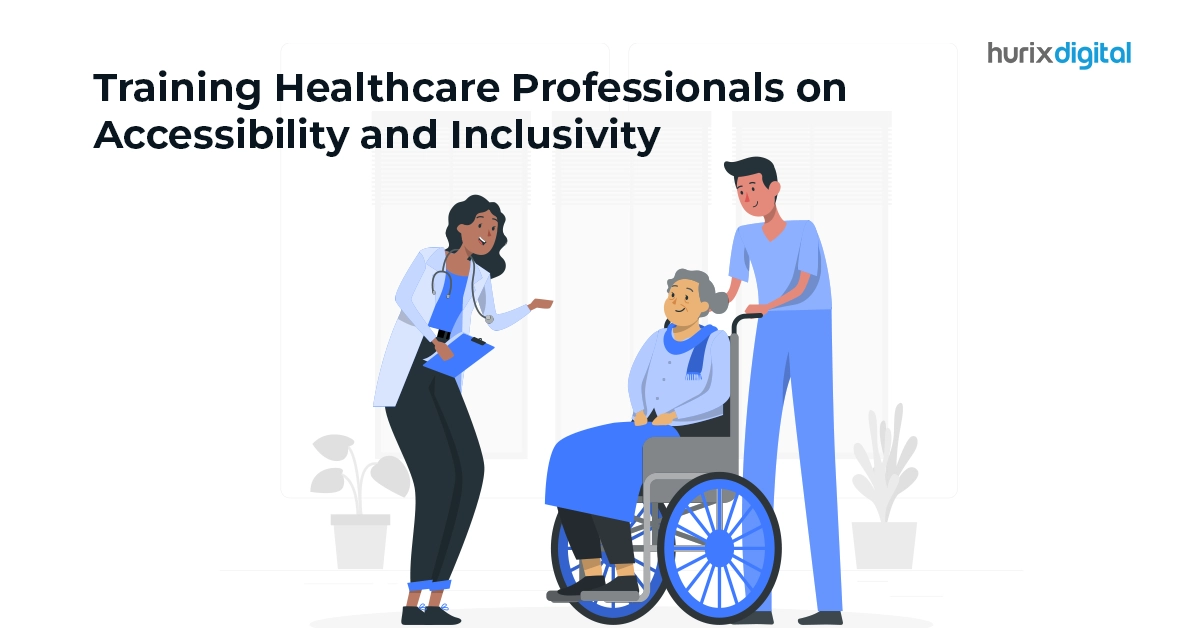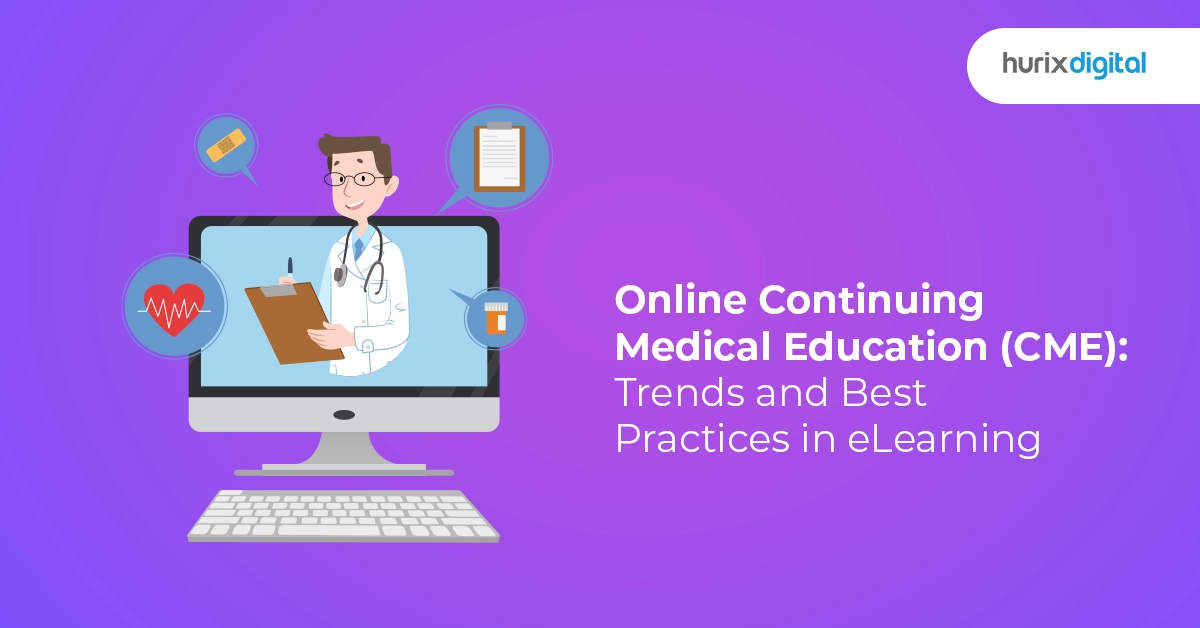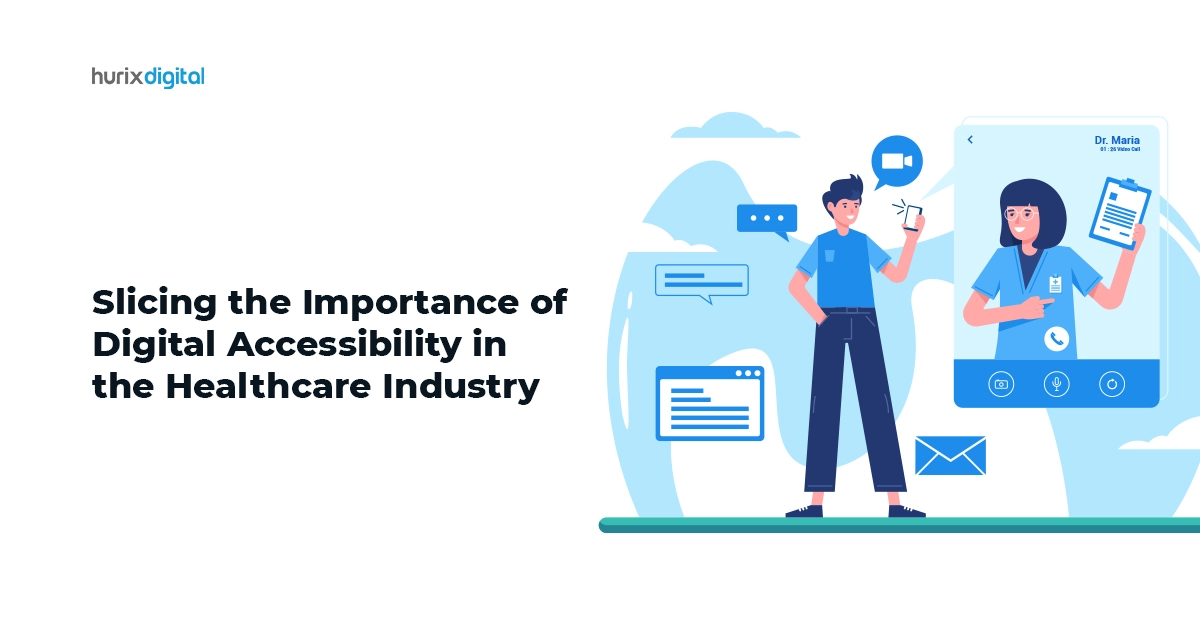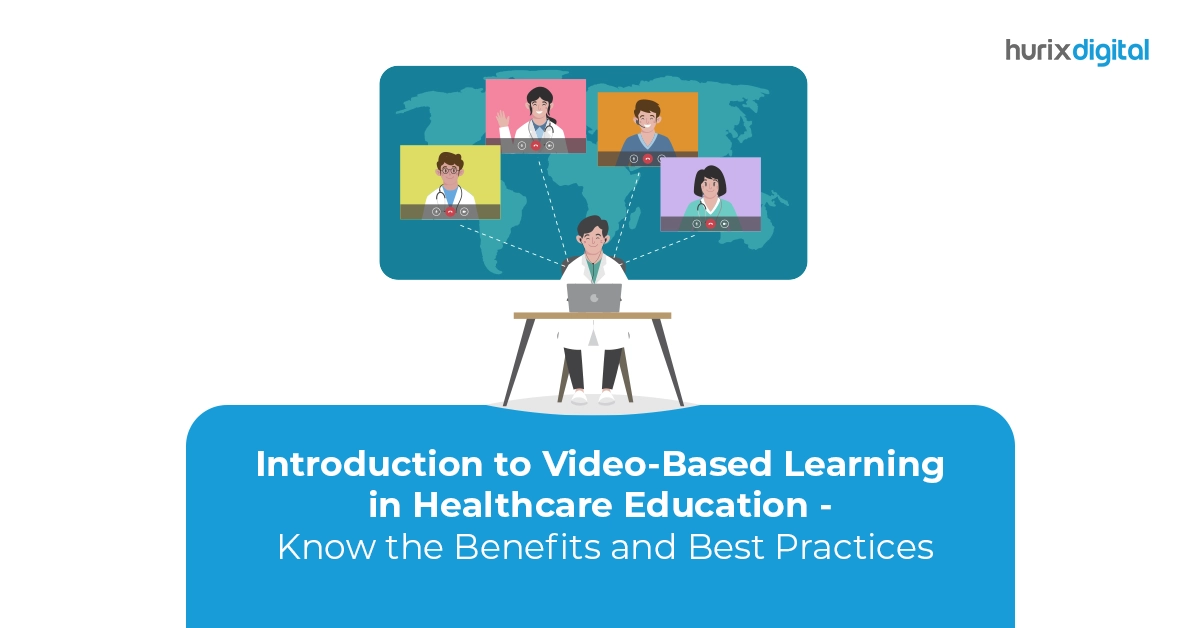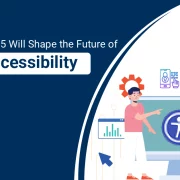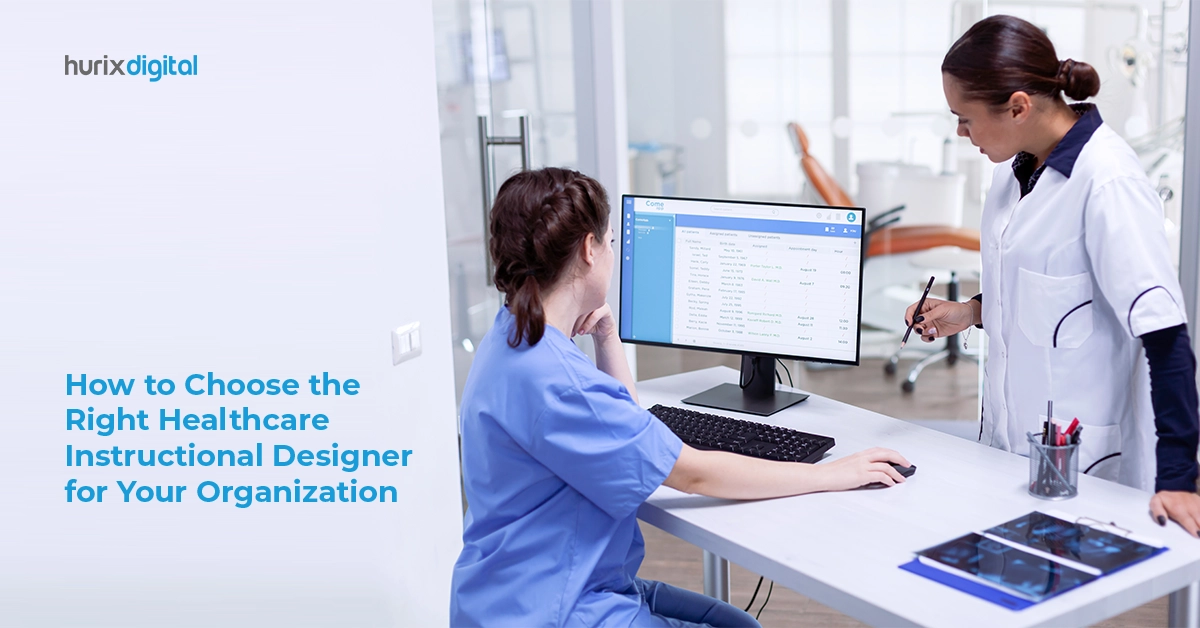
How to Hire the Best Healthcare Instructional Designer for Your Training Needs?
Summary
The article provides a guide for hiring instructional designers for healthcare training programs. It emphasizes defining clear learning needs and goals, identifying candidates through online job boards, professional organizations, and referrals, and conducting thorough interviews and evaluating portfolios
According to a report by Research and Markets, the healthcare education market is projected to continue growing at a 10.8% annual rate until 2027, when it will be worth $150.8 billion. This indicates the growing demand for online learning solutions in the healthcare sector, especially after the COVID-19 pandemic.
This is where healthcare instructional design comes in. Healthcare instructional design is creating effective and engaging learning solutions for healthcare professionals, such as doctors, nurses, pharmacists, technicians, and administrators.
To ensure the quality and effectiveness of your healthcare training programs, you need to hire a qualified and experienced healthcare instructional designer. So, how do you choose the right healthcare instructional designer for your organization?
Let’s dive in.
Table of Contents:
- What Is a Healthcare Instructional Designer?
- Why Do You Need a Healthcare Instructional Designer?
- What to Look for in a Healthcare Instructional Designer?
- How to Find the Right Healthcare Instructional Designer for Your Organization?
- Conclusion
What Is a Healthcare Instructional Designer?
A healthcare instructional designer applies the principles and practices of instructional design to create customized training solutions for the healthcare industry. Their role involves the following:
- Analyze the learning needs and goals of the target audience
- Design the learning objectives and strategies
- Develop the learning content and activities
- Implement the learning solution
- Evaluate its effectiveness and impact
Additionally, a healthcare instructional designer has specialized knowledge and skills in healthcare compliance training, such as medical terminology, clinical procedures, regulatory standards, and ethical issues.
They can create learning solutions that are relevant, realistic, and engaging for healthcare professionals as they understand the challenges and opportunities of healthcare education.
Why Do You Need a Healthcare Instructional Designer?
Some instructional design benefits in the healthcare sector include:
- Improving the quality and consistency of your healthcare training programs
- Enhancing the learning outcomes and retention of your healthcare professionals
- Increasing the compliance and performance of your healthcare workers
- Reducing the risks and costs of errors and malpractice in healthcare delivery
- Boosting the reputation and competitiveness of your healthcare organization
A healthcare instructional designer can also help you leverage the latest technologies and trends in healthcare e-learning, such as:
- Mobile learning: allows your healthcare professionals to access learning content anytime, anywhere, and on any device
- Microlearning: delivers bite-sized and focused learning modules that are easy to consume and remember
- Gamification: adds elements of fun and competition to your learning content, such as points, badges, leaderboards, and rewards
- Simulation: creates realistic and immersive scenarios that allow your healthcare professionals to practice and apply their skills in a safe and controlled environment
- Artificial intelligence: enables personalized and adaptive learning experiences that cater to the individual needs and preferences of your healthcare professionals
Also Read: How to Choose the Best Instructional Design Company
What to Look for In a Healthcare Instructional Designer?
When hiring a healthcare instructional designer, you should look for the following qualifications and characteristics:
- Education and Experience: Apart from having a relevant degree or certification in instructional design, education, or a related field, healthcare instructional designers should also have a strong background and portfolio. Additionally, they should be familiar with working with various stakeholders, including subject matter experts, learners, managers, and regulators, and following instructional design best practices.
- Knowledge and Skills: Healthcare instructional designers should have an in-depth understanding of the industry, including its terminology, concepts, processes, standards, and challenges. They should also know how to use various e-learning authoring tools and platforms, such as Articulate Storyline, Adobe Captivate, and Moodle.
- Technological Competence: The healthcare industry requires instructional designers to be proficient in various technologies and tools. Courses should be designed and developed to be compatible with different platforms, including the web, mobile, and virtual reality. Multimedia elements, such as audio, video, and animation, should also be used to enhance the learning process.
- Creative Problem-Solving: A healthcare instructional designer should be able to think critically and creatively to solve problems and challenges that may arise during the design and development process. They should be able to analyze the situation, generate alternative solutions, and implement the best option in healthcare learning solutions.
- Experience in Corporate Training: A healthcare instructional designer should have experience designing and delivering corporate training programs for the healthcare sector. To determine training needs, objectives, and outcomes, they need to be able to collaborate with subject matter experts, managers, and learners and respond to changing industry trends and demands.
How to Find the Right Healthcare Instructional Designer for Your Organization?
According to a survey, 71.4% of instructional designers work in the corporate sector. This means a large pool of potential candidates with experience designing and delivering corporate training programs for the healthcare industry. Hence, choosing one for your organization might become difficult.
Here are some tips to help you find the right healthcare instructional designer for your organization:
1. Define Your Learning Needs and Goals
Before you start looking for a healthcare instructional designer, clearly understand your learning needs and goals to narrow your search and find the best match for your organization.
What are the knowledge and skills gaps that you want to address? What are the learning outcomes that you want to achieve? What are the characteristics and preferences of your target audience? What are the budget and timeline constraints that you have?
2. Search for Potential Candidates
You can search for potential candidates once you have defined your learning needs and goals. Try out various sources and methods to find healthcare instructional designers, such as:
- Online platforms and directories, such as LinkedIn, Indeed, Upwork, and eLearning Industry
- Professional associations and networks, such as the Association for Talent Development (ATD), the International Society for Performance Improvement (ISPI), and the Healthcare Information and Management Systems Society (HIMSS)
- Referrals and recommendations, such as from your colleagues, peers, or partners who have worked with or hired healthcare instructional designers before
- Events and conferences, such as the DevLearn Conference & Expo, the Learning Solutions Conference & Expo, and the Health Care Compliance Association (HCCA) Annual Compliance Institute
3. Evaluate and Compare Candidates
After shortlisting a few candidates, evaluate and compare them based on their qualifications and characteristics. You can use various criteria and methods to assess and compare candidates, such as:
- Resume and portfolio showcasing the education, experience, knowledge, skills, and achievements of the candidates, as well as the quality and variety of their previous healthcare instructional design projects
- Testimonials and references, which provide feedback and insights from the previous clients or employers of the candidates, as well as the learners who have taken their courses
- Interviews and samples will allow you to interact with the candidates and assess their communication and collaboration skills, as well as their creativity and innovation skills. You can also ask the candidates to provide samples of their work or create a mock-up of a learning solution based on your learning needs and goals
4. Select and Hire the Best Candidate
After you have evaluated and compared candidates, select and hire the best candidate for your organization. Consider the following factors when making your final decision:
- Fit and alignment: How well does the candidate match your learning needs and goals, as well as your organizational culture and values?
- Cost and value: How much does the candidate charge for their services, and how much value can they bring to your organization and professionals?
- Availability and reliability: How easily and quickly can they start working on your project, and how dependable and trustworthy are they?
Also Read: Unlocking L&D Success: How to Choose the Right Instructional Designer for Your Organization
Conclusion
You don’t have to look any further if you are looking for a reliable and experienced healthcare instructional designer for your organization. Hurix Digital is a leading provider of customized training solutions for the healthcare industry, with experience and expertise in healthcare instructional design.
At Hurix Digital, we have a team of qualified and skilled healthcare instructional designers who can help you create engaging and effective learning solutions for your healthcare professionals.
We use the latest technologies and trends in healthcare eLearning, such as mobile learning, microlearning, gamification, simulation, and artificial intelligence, to create immersive and personalized learning experiences for healthcare professionals.
Contact us at marketing@hurix.com if you need help creating engaging and effective training for healthcare professionals.

Performance, Results, Growth, and Life-Long Learning define my professional life. I am passionate about making workplace learning planful, purposeful, and impactful. I take pride in partnering with clients and bringing them the best in learning design and creating solutions that address business challenges.
